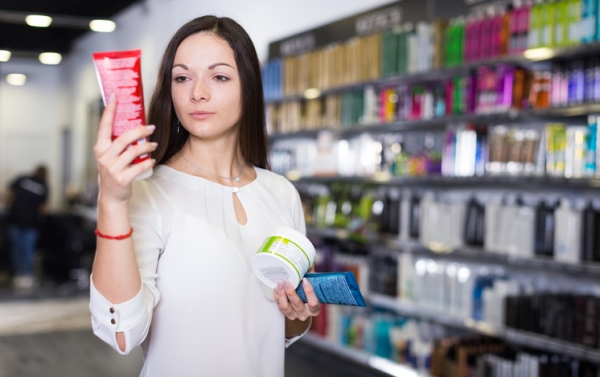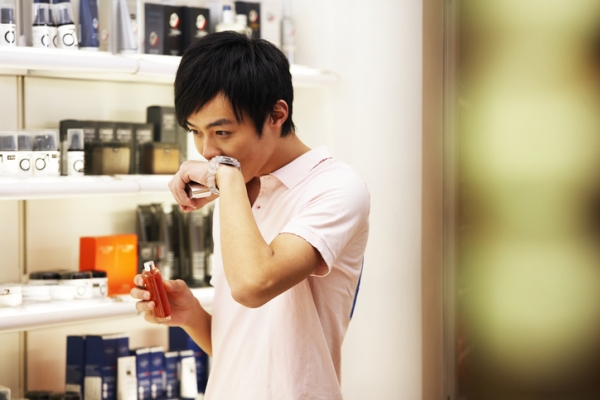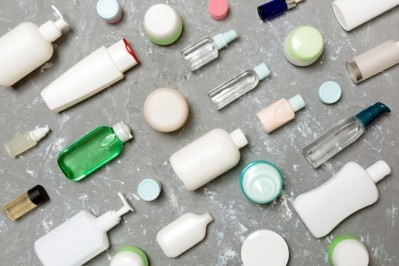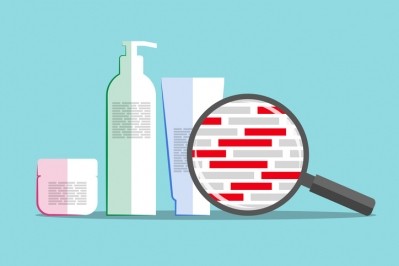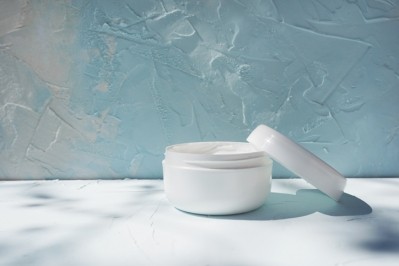GUEST ARTICLE
Beauty labels: In-depth on 'crucial' regulations for cosmetic allergens
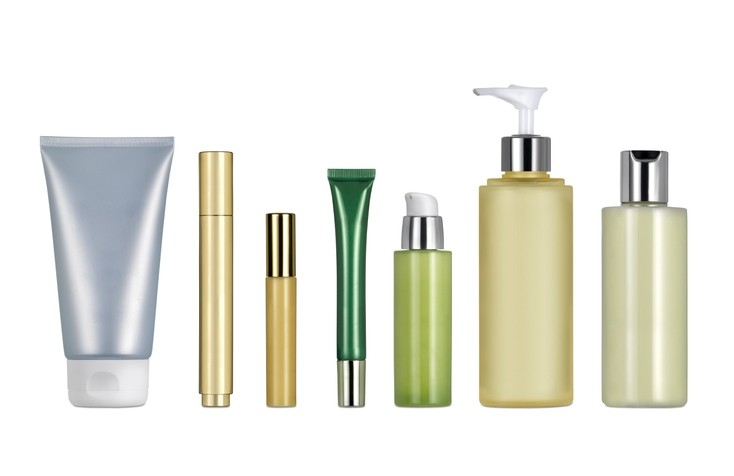
Cosmetic products have become a huge part of our everyday life, and there is an impressive variety of cosmetics available on the market today and a wide array used every day, from personal care products to make-up.
With so many cosmetic products available on the market, it is crucial to have strict regulations.
Although some cosmetics regulations are looser than others, the main purpose of all is to protect consumers and ensure the safety and efficacy of cosmetic products. That means that every cosmetic product placed on the market should be safe for use and not pose any risk to the end user if being used according to the instructions. However, since we are exposed to many different substances throughout our day and life, adverse side reactions may still happen. Cosmetic products are a common cause of allergic reactions in some people; that is why it is important to monitor any side-effects they may cause in order to mitigate the risks.
Cosmetic allergens - definitions and common sources
Firstly, let’s get acquainted with a couple of definitions. Allergen is a substance that induces an abnormal immune response, a response which we call an allergic reaction. The immune system perceives the substance (allergen), which would otherwise be harmless to the body, as a threat and responds to it.
Cosmetic products are a common cause of contact allergenic reactions, specifically allergic and photoallergic contact dermatitis. These are delayed-type reactions, which means a sufferer’s immune system is first introduced to the allergen (induction phase) and after a certain period and re-exposures to the allergens (elicitation phase), it manifests into an allergic contact dermatitis. On the other hand, immediate-type reactions, such as contact urticaria, are rare, although may still occur.
The two most common sources of allergens in cosmetic products are preservatives and fragrances. We are going to focus on fragrance allergens, which are commonly found in many cosmetic products, especially natural cosmetics which usually contain a high level of essential oils, botanical extracts and aromatic mixtures.
Based on the Opinion on fragrance allergens in cosmetic products from June 2012, published by the Scientific Committee on Consumer Safety (SCCS), around 16% of eczema patients in Europe are sensitised to ingredients found in fragrances. Furthermore, the frequency of contact allergy to fragrance ingredients among the European population is estimated to be between 1 and 3 %. Nowadays, with many more products and ingredients on the market, the number may be even higher.
Cosmetics Regulation
Cosmetic products in the EU have to comply with Regulation (EC) No 1223/2009. In paragraph 49, the regulation mentions the need to restrict the use of any potential cosmetic allergens identified by the SCCS. To do so, the allergens have to be labelled to ensure that consumers are adequately informed of their presence. Moreover, the regulation also proposes a ban or a restriction of concentration for substances, which are likely to trigger allergies in a higher number of people.
Every cosmetic product placed on the EU market has to have a compliant product information file (PIF). In case a cosmetic product contains fragrances, it is necessary that the PIF includes also the list of allergens and an IFRA (International Fragrance Association) certificate.
An IFRA certificate is a document established by the fragrance manufacturer, which ensures that the fragrance conforms with the IFRA standards and can be safely used. The certificate provides information about the maximum allowed use of fragrance in different categories of products. Based on the IFRA certificate, the safety assessor can evaluate whether the amount of the fragrance used in the particular cosmetic product is in line with the limit set out by IFRA standards.
Labelling requirements - concentrations and total bans
The Cosmetic Regulation sets out the need for perfume and aromatic compositions and their raw materials to be listed under the terms ‘parfum’ or ‘aroma’. Furthermore, the presence of any of the 26 allergens listed in Annex III of the Cosmetics Regulation should be listed in the ingredient list, but only if the following is true:
- If their concentration exceeds 0.001% in leave-on products (e.g. body lotion)
- If their concentration exceeds 0.01% in rinse-off products (e.g. shower gel)
It is important to note that if any of the 26 allergens are present in different ingredients of a cosmetic product, the concentration of all present allergens has to be added up in order to check whether the summed-up concentration of the allergens exceeds the allowed threshold.
Certain allergens are not just restricted, but completely banned, and are therefore mentioned in Annex II of the EU cosmetics regulation. Following the SCCS Opinion on fragrance allergens, the European Commission prohibited the use of 3 and 4-(4-Hydroxy-4-methylpentyl) cyclohex-3-ene-1-carbaldehyde (HICC), more commonly known as Lyral; atranol; and chloroatranol (the latter two are both components found in oak moss and tree moss extracts). From 23 August 2019, products with these allergens are no longer allowed to be placed on the European market. However, products which are already present on the market may be sold until 23 August 2021. Among the three, the ban on Lyral had the most significant impact, since it is quite a common fragrance allergen.
In that opinion, the SCCS not only confirmed that 26 allergens are still of concern but also updated the list of fragrance allergens that consumer should be made aware of when they are present in cosmetic products. Among the additional allergens, there are also natural oils such as Citrus Sinensis Peel Oil, Lavandula Officinalis Oil, Jasminum Grandiflorum oil, Mentha Piperita Oil, Rose Flower Oil and many more. This means that natural cosmetic products will be particularly affected by the requirement of the additional fragrance allergen labelling.
Will there be more fragrance allergens to list on the label?
The future of fragrance allergen labelling
In light of the SCCS opinion on fragrance allergens, the European Commission published a public consultation in 2014, when they proposed to amend Annex III to Regulation 1223/2009 by including additional 62 contact allergens that have to be labelled individually. The public consultation evoked a strong reaction from the industry. This resulted in a proposal of an alternative option of e-labelling rather than the labelling on the package.
Following that consultation, an inception impact assessment on fragrance allergens has been published at the end of 2018 and was opened for comments until January 2019. The aim was to inform citizens and stakeholders about the Commission’s plans and to allow them to provide feedback. The impact assessment identified three main problems:
- Lack of consumer awareness about the fragrance allergens
- Issues with including additional fragrance allergens on the package of cosmetic products
- Issues with e-labelling
SCCS proposed that the consumer should be aware of the additional fragrance allergens. The industry has argued that labelling additional allergens on the package would be problematic due to space and readability of ingredient lists. Instead, e-labelling has been proposed, but that would require that the consumer has access to the internet at the time of buying (in the shop). With many issues still open, the European Commission now seeks additional views regarding the issues on the labelling of the additional fragrance allergens present in cosmetic products. The latest development is the new public consultation on fragrance labelling, which closed earlier this week on 4 February 2020.
